15 Ways to Stay Active Without a Gym
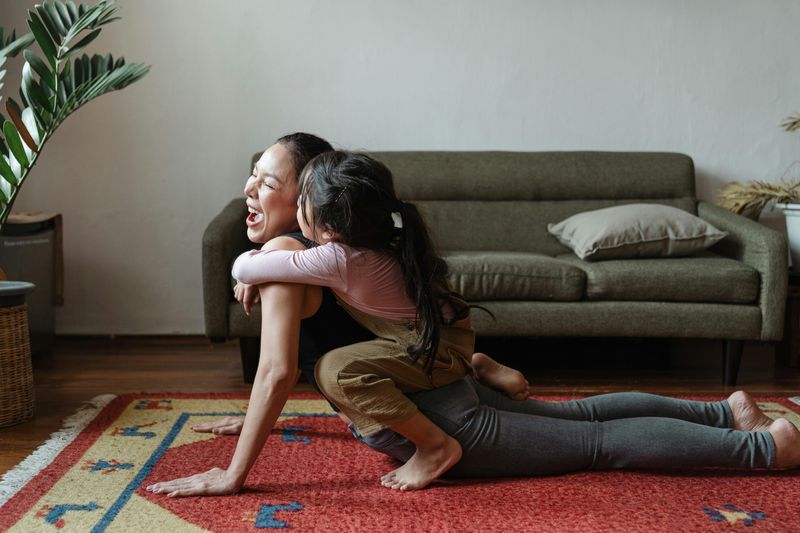
Staying fit doesn’t require an expensive gym membership or fancy equipment. Regular physical activity boosts your mood, strengthens your body, and improves overall health. Whether you’re saving money, short on time, or simply prefer exercising in different environments, there are countless ways to keep moving and stay healthy without ever stepping foot in a gym.
1. Dance Your Heart Out

Turn up your favorite music and transform your living room into a dance floor! Dancing burns calories while improving coordination and balance. Plus, it’s just plain fun.
You don’t need formal training—just move however feels good. Try following along with online dance tutorials if you want some structure, or simply freestyle to whatever beats get you moving.
A 30-minute dance session can burn between 200-400 calories depending on intensity, making it as effective as many traditional workouts.
2. Take the Stairs Challenge

Stair climbing is a powerhouse workout hiding in plain sight. This simple activity strengthens your legs, glutes, and cardiovascular system all at once, requiring nothing but a flight of stairs.
Start small by taking the stairs instead of elevators whenever possible. For a more intense workout, find a public staircase in a park or building and do several repetitions up and down.
Walking up stairs burns about 2-3 times more calories than walking on flat ground, making even short stair sessions incredibly effective.
3. Bodyweight Circuit Training

Your body is the only equipment you need for an effective full-body workout. Combine movements like push-ups, squats, lunges, and planks into a circuit that targets different muscle groups.
The magic happens when you move quickly between exercises with minimal rest. This keeps your heart rate elevated while building strength. Try 45 seconds of each exercise followed by 15 seconds of rest.
Create your own routine or follow free online tutorials designed for home workouts. Even 15-20 minutes can deliver impressive results when done consistently.
4. Walk and Talk Meetings

Replace sedentary meetings with walking ones whenever possible. This brilliant strategy turns otherwise inactive time into movement opportunity while potentially boosting creativity and reducing stress.
Phone calls become chances to stroll around your neighborhood. Work discussions can happen while circling a nearby park. Even catching up with friends can transform into active social time.
Walking meetings tend to be more focused and productive too, as the natural rhythm of walking helps maintain conversation flow. Many successful business leaders swear by this technique for both physical and mental benefits.
5. Jump Rope Cardio Blast
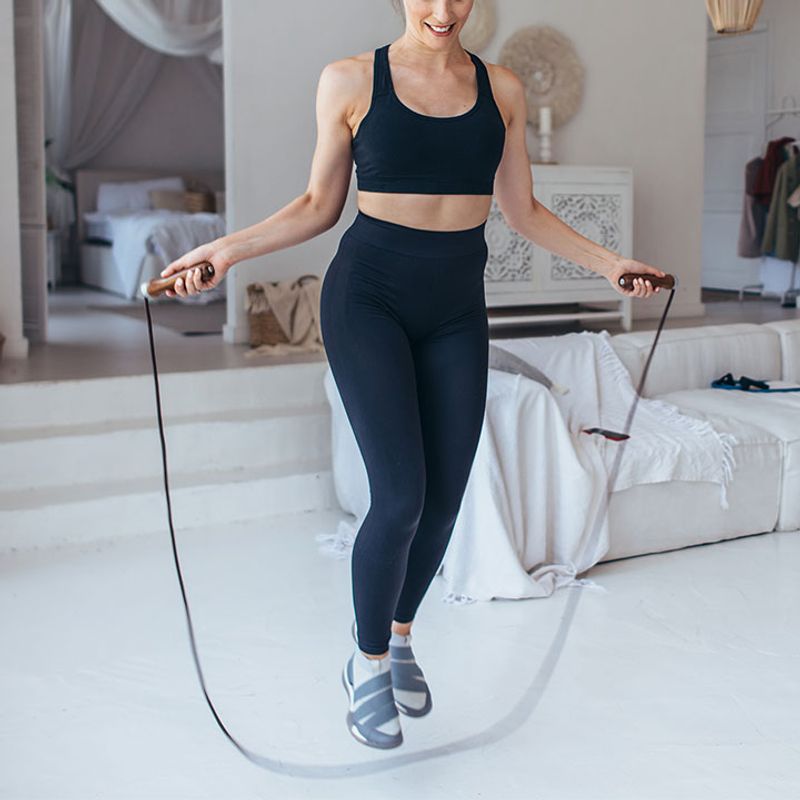
A simple jump rope might be the most underrated fitness tool around. This childhood activity transforms into a serious workout that improves coordination, builds endurance, and burns major calories.
The beauty lies in its portability and versatility. Toss a jump rope in your bag and you have a workout ready anywhere with enough space to swing it. Start with basic jumps, then progress to alternating feet or double-unders as you improve.
Ten minutes of jumping rope can equal the cardiovascular benefits of 30 minutes of jogging, making it perfect for time-crunched days.
6. Playground Fitness Adventure
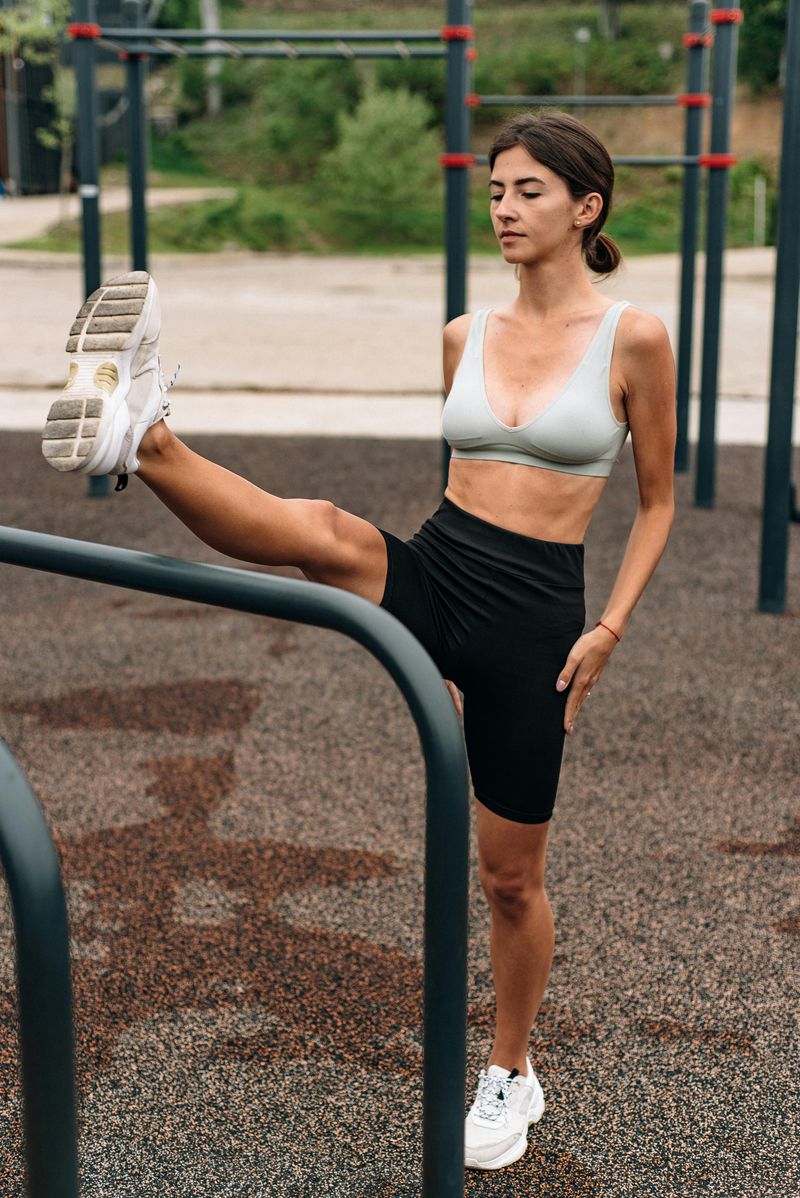
Local playgrounds offer surprising workout potential beyond just entertaining kids. Monkey bars become perfect pull-up stations, while benches work for step-ups, tricep dips, and incline push-ups.
Swings can be used for suspended ab exercises, and climbing structures challenge your upper body strength. Even the open space allows for sprints, lunges, and plyometric moves.
Try visiting during off-hours when fewer children are present. This approach combines strength and cardio while connecting you with your inner child—making fitness feel more like play than work.
7. Hiking Local Trails
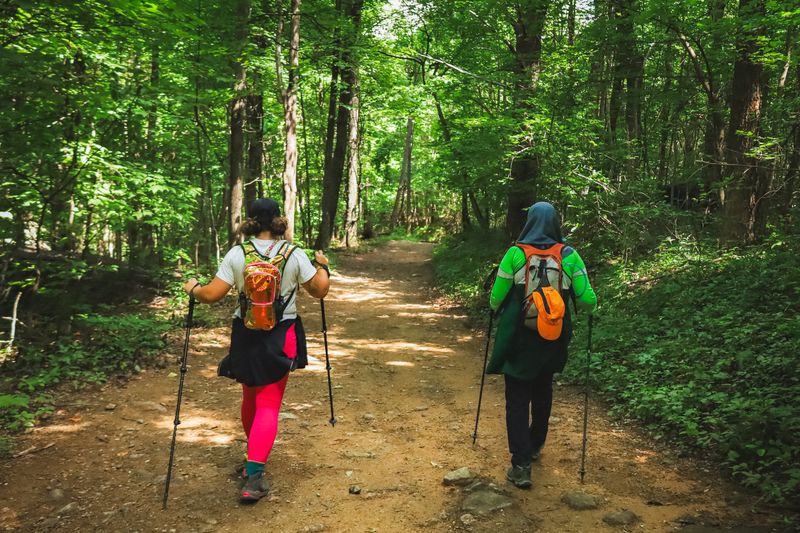
Nature provides the perfect gym with varied terrain that challenges your body in ways treadmills never could. Hiking builds leg strength, improves balance, and delivers cardiovascular benefits while surrounding you with mood-boosting scenery.
The uneven surfaces engage stabilizing muscles often neglected in regular workouts. Hills provide natural interval training as you alternate between climbing and descending.
Most communities have accessible trails within driving distance. Start with easier paths and gradually tackle more challenging routes as your fitness improves. The mental health benefits from being in nature add an extra dimension to this complete workout.
8. Living Room Yoga Practice
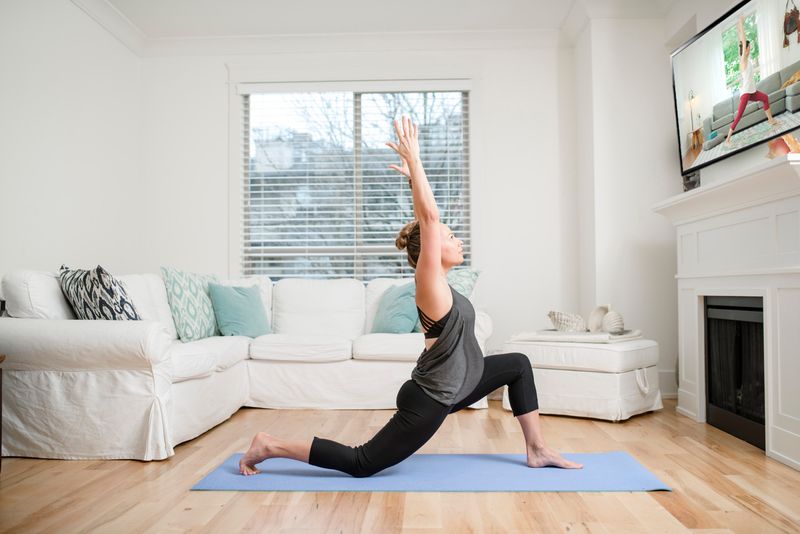
Yoga requires minimal space and zero equipment, yet delivers impressive physical and mental benefits. Regular practice improves flexibility, builds functional strength, and enhances mind-body connection.
Free online videos make it accessible for beginners and experienced practitioners alike. All you need is enough floor space for a yoga mat or towel. Morning sessions energize your day, while evening practice can improve sleep quality.
Focus on proper form rather than complicated poses. Even 15-20 minutes daily creates noticeable improvements in how your body feels and moves, making this one of the most sustainable fitness practices available.
9. Household Chore Workout
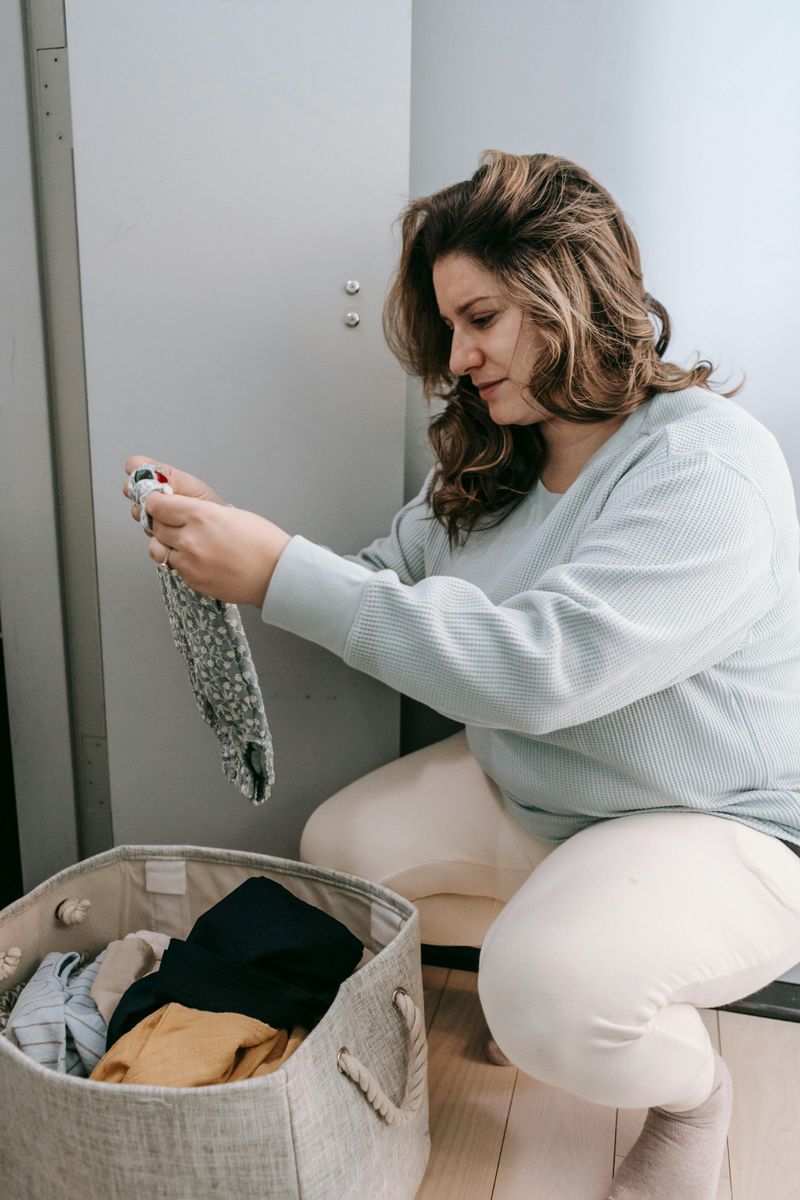
Transform mundane housework into meaningful exercise by approaching chores with fitness intent. Vacuuming becomes a lunge exercise when you step forward with each push. Scrubbing surfaces works your arms and core when you engage those muscles consciously.
Gardening combines squats, lifting, and sustained movement. Even putting away groceries can become a strength workout if you carry heavier bags and properly lift items to high shelves.
The key is mindfulness—focus on your form and engage your muscles deliberately. You’ll finish with both a cleaner home and a completed workout, making efficient use of your limited time.
10. Park Bench Workout

A simple park bench transforms into a complete gym with just a little creativity. This everyday object provides the perfect height for step-ups, incline/decline push-ups, tricep dips, and Bulgarian split squats.
The surrounding open space allows for cardio intervals between strength moves. Try 30 seconds of bench exercises followed by 30 seconds of high knees, jumping jacks, or sprints between benches.
Many parks also feature additional structures like low walls for box jumps or railings for modified pull-ups. This approach combines fresh air with functional fitness using only what’s freely available in your community.
11. Bicycle Commuting Adventure
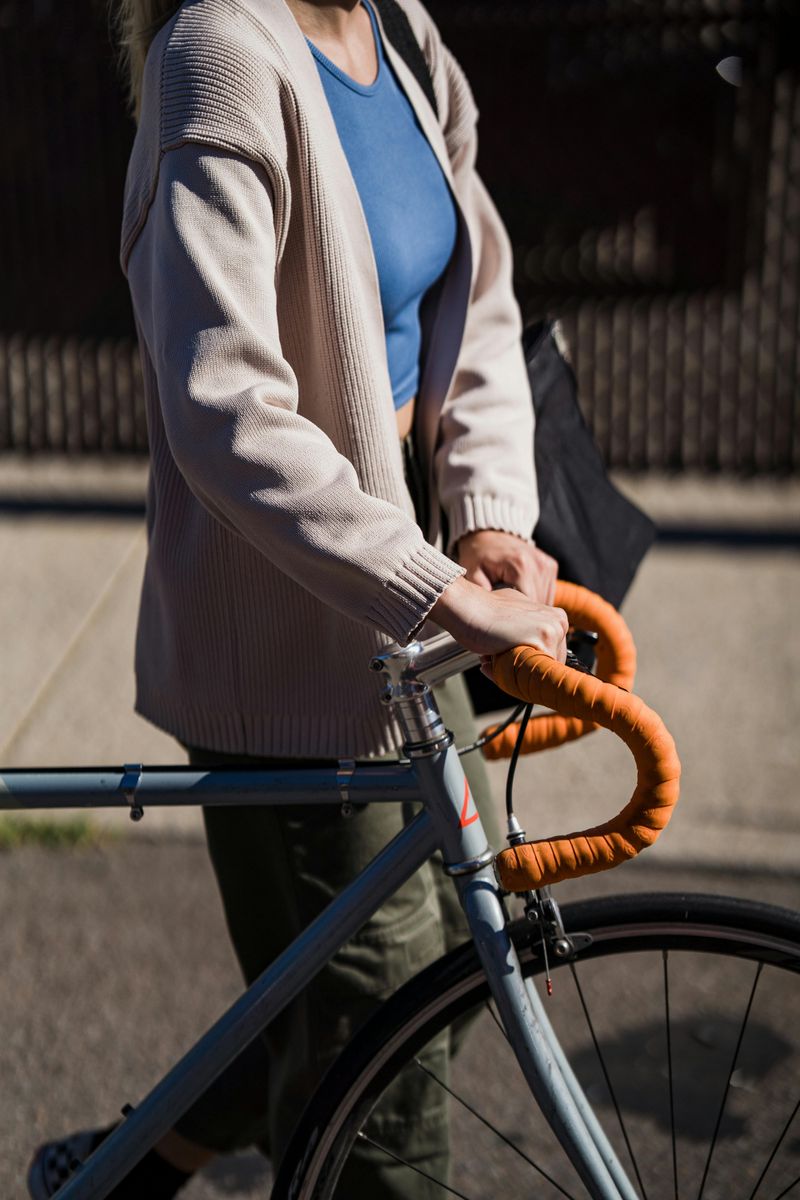
Riding your bike for transportation turns necessary travel into fitness opportunity. Commuting by bicycle to work, errands, or social events builds cardiovascular health and leg strength while reducing your carbon footprint.
Start with shorter, easier routes and gradually increase distance as your fitness improves. Invest in basic safety gear like a helmet and lights if riding near traffic or during darker hours.
Cycling can burn 400-800 calories per hour depending on intensity and terrain. The practical nature of this activity makes it sustainable—you’re accomplishing transportation goals while simultaneously improving your health.
12. Community Sports Leagues
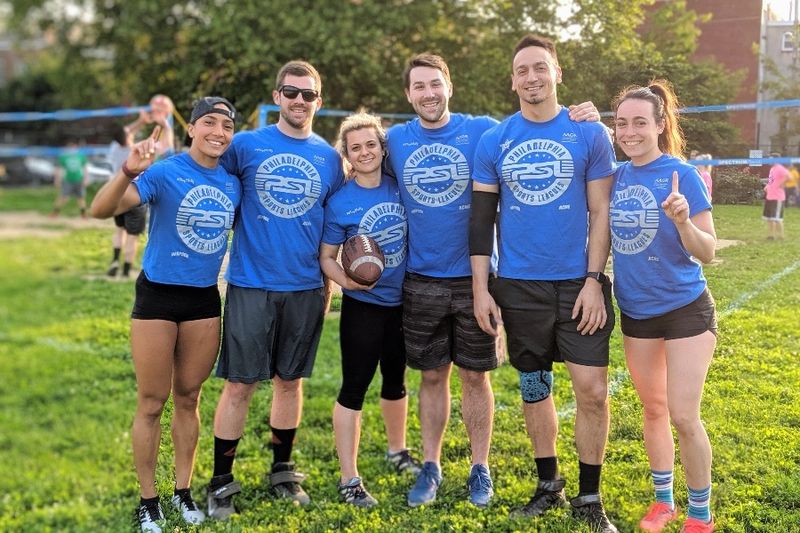
Adult recreational sports leagues offer structured physical activity with added social benefits. Most communities have options ranging from soccer and basketball to kickball and ultimate frisbee, accommodating various fitness levels and interests.
The team environment provides built-in accountability and motivation. You’re more likely to show up consistently when others are counting on you. Many leagues welcome beginners, focusing on fun rather than competitive pressure.
Beyond the physical benefits, these activities build community connections and friendships. Check local recreation departments, community centers, or websites like Meetup to find leagues in your area.
13. DIY Obstacle Course Challenge
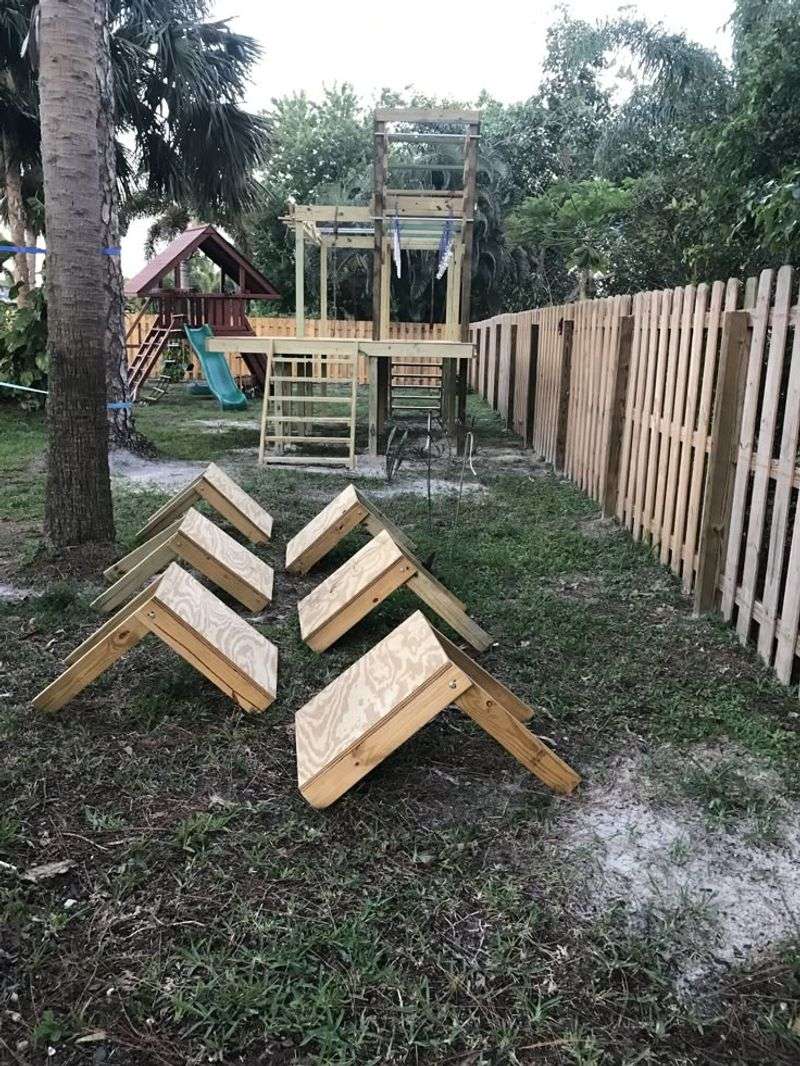
Channel your inner ninja warrior by creating a homemade obstacle course using everyday objects. Chairs become hurdles to jump over, pillows transform into balance beams, and rolled towels work as markers for agility drills.
Design your course to include a mix of strength, balance, and cardio challenges. Time yourself and try to beat your record with each attempt. This approach adds playful competition to your workout routine.
Outdoor spaces like backyards allow for more expansive courses using trees, benches, and natural features. The creative element keeps exercise fresh and engaging while developing functional fitness applicable to daily life.
14. Swimming at Local Pools
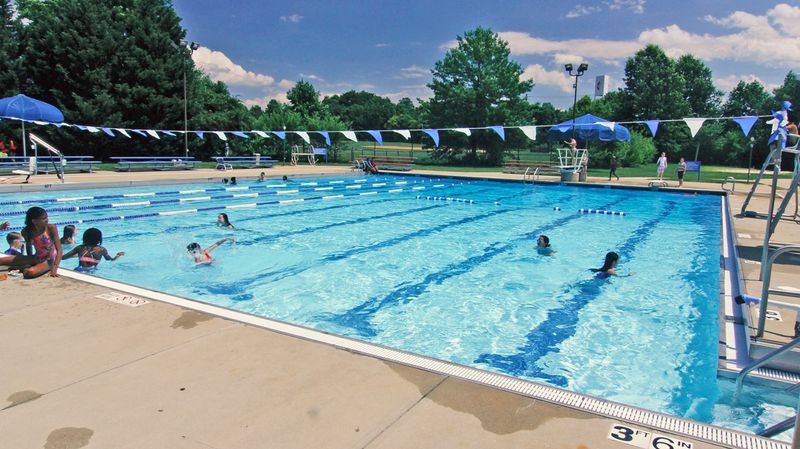
Swimming delivers one of the most complete full-body workouts with minimal joint impact. The water’s resistance strengthens muscles while the buoyancy protects your joints, making it ideal for people of all ages and fitness levels.
Most communities offer affordable access to public pools, lakes, or beaches. Even without formal swimming skills, water walking or aqua jogging provides excellent cardiovascular benefits.
The cooling effect of water makes this particularly appealing during warmer months. Swimming engages nearly every major muscle group simultaneously while improving lung capacity and endurance, delivering maximum fitness results in minimal time.
15. Mall Walking Program

Shopping malls provide perfect walking venues with climate control, smooth surfaces, and built-in safety. Many malls open early specifically for walkers, creating community around this accessible exercise form.
The controlled environment eliminates weather concerns while providing water fountains and restroom access. Multiple levels add stair-climbing opportunities for increased intensity. Consistent lap measurements help track your distance progress.
This approach works especially well for beginners, older adults, or anyone needing a gentler exercise option. The social aspect of seeing regular fellow walkers adds accountability and connection, making this simple activity something to look forward to rather than dread.

Comments
Loading…